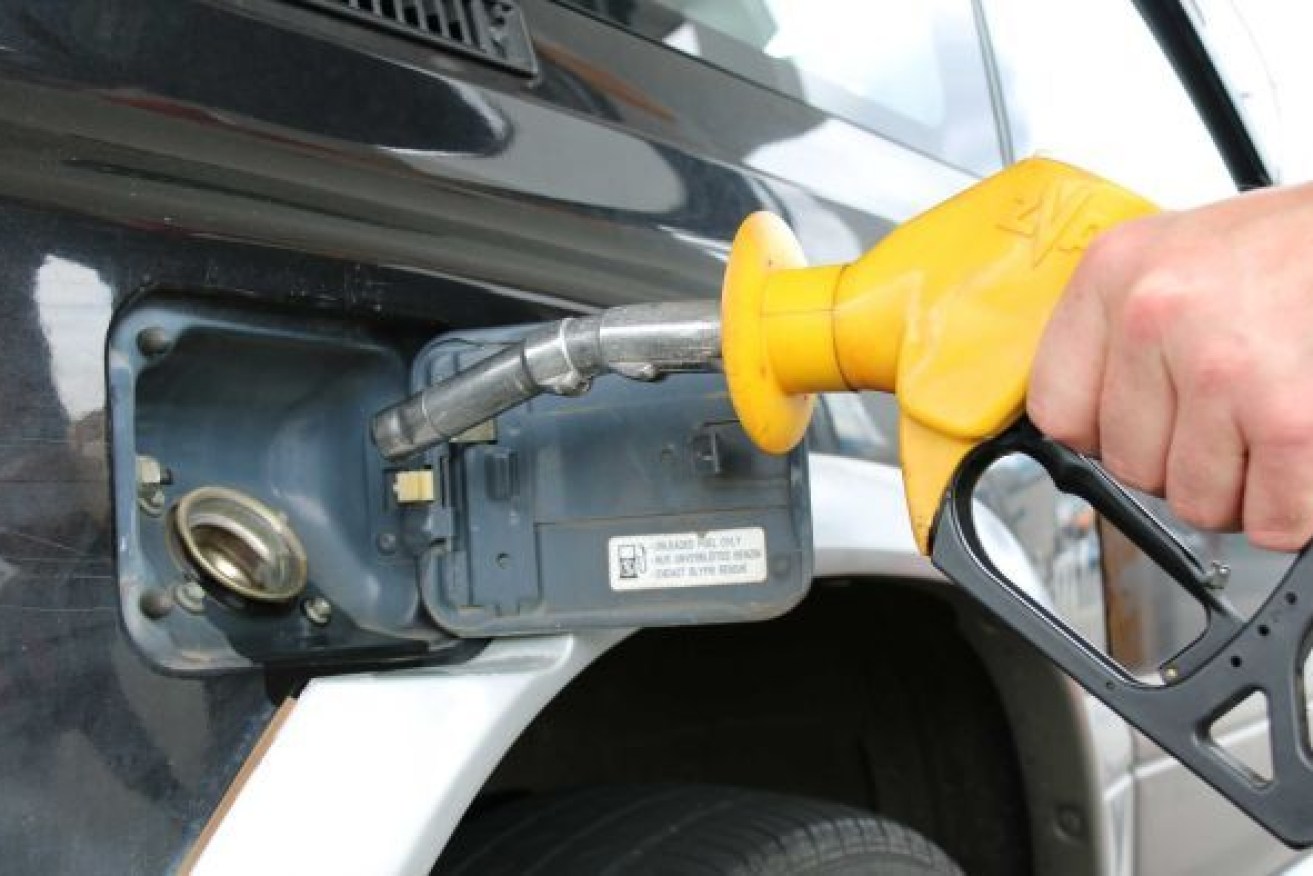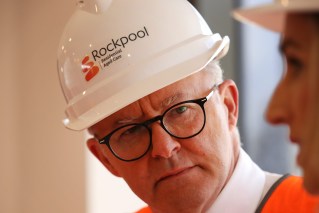Fire up the pickup truck: Why Aussies pay more to fuel their utes than those in US, UK and NZ
Australian drivers are paying hundreds of dollars more for fuel than motorists in other countries, with ute and van owners slugged the biggest price premiums, an analysis has revealed.

Prices are also continuing to fall, both at the terminal gate and the petrol pump. Photo: ABC
Research from the Climate Council, released on Wednesday, showed local ute owners were paying as much as $1250 more for fuel each year than drivers in Europe, and even car owners were facing annual petrol bills more than $700 higher than those in other countries.
In some cases, motorists who drove the same vehicle model in Australia as available overseas were still paying hundreds of dollars more for fuel due to less efficient engines.
Researchers said the findings proved Australia had become a dumping ground for outdated vehicles and urgently needed a fuel-efficiency standard to make manufacturers lift their game.
But the study came after some politicians slammed the proposal, warning it could raise the price of large vehicles.
The Climate Council analysis compared the average fuel consumption of vehicles in Australia, New Zealand, the US, UK, China, Canada and Europe, based on annual travel of 11,100km for passenger cars and 15,300km for light commercial vehicles.
It found Australians were spending $1455 a year on fuel for passenger cars, which used 6.9 litres per 100km on average, making running costs a lot higher than in other nations.
Europeans were spending $717 less than Aussies, Britons $696 less, and Kiwis $379 less to fuel their cars.
The study found Australian drivers spent $2878 a year to fuel utes and vans on average, or $1105 more than in the US and $1250 more than in Europe, where vehicles were more fuel-efficient.
The analysis also revealed some vehicle models were less efficient in Australia than the UK, such as the Volkswagen Golf Life that used 33 per cent more fuel locally and the Isuzu D-Max ute that consumed 20 per cent more fuel in Australia.
Climate Council energy expert Greg Bourne said he hoped the research showed Australian drivers they were being kept at a disadvantage and deserved better access to modern, efficient vehicles.
“The average person knows when they’re driving their car into a petrol station, it’s costing them a bunch at a time when they can’t really afford it,” he told AAP.
“But they don’t know the same vehicle, same size, same shape, same colour even, in America or Europe is 20 per cent more efficient.”
Mr Bourne, who previously headed BP Australasia, said the findings showed Australia had become a last resort for inefficient vehicles that could not be sold in other countries, and the nation needed a fuel-efficiency standard to “increase choice” in the market.
The federal government released three models for its New Vehicle Efficiency Standard on February 4, with a commitment to a standard in January 2025.
The new rules would set a limit on emissions from across an automaker’s new car fleet that would rise over time to meet emission caps in other countries.
But Nationals Senator Bridget McKenzie criticised the plan this week, claiming new rules could raise the price of some large vehicles if manufacturers sold cars without change in 2029.
“The last thing people want to hear is that the price of a new family car or a new ute for a tradie is going to be forced up to subsidise EVs,” she said.












